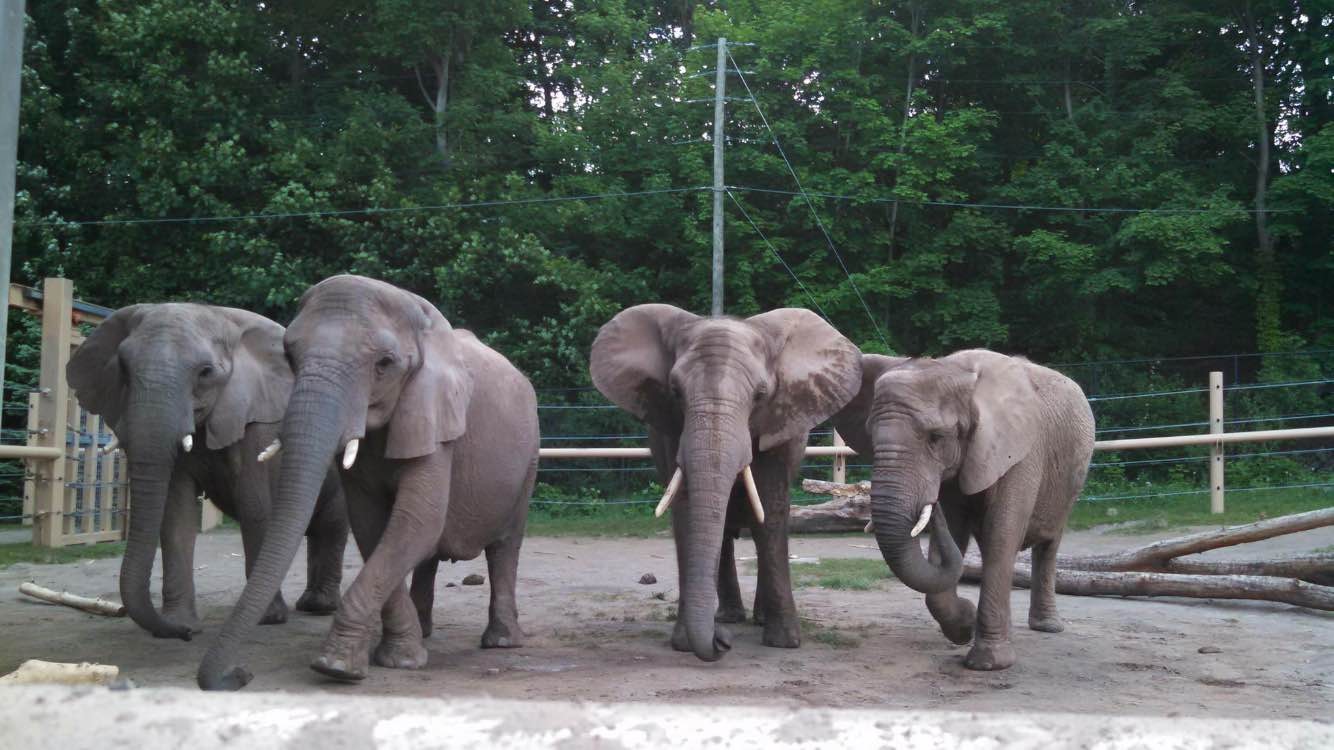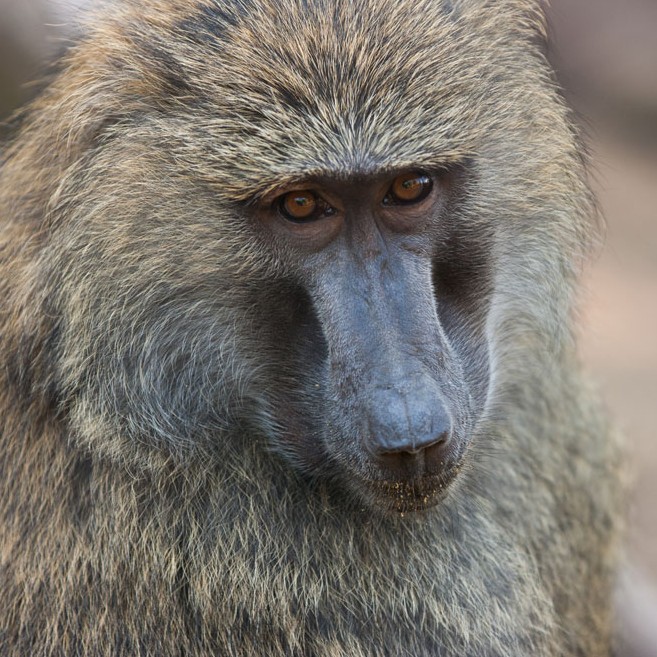In exhibits that include more than one of any given species, it can often be difficult to tell one animal from another. Ever wondered how keepers distinguish one from another?
One way keepers and Zoo visitors can distinguish between members of a species is the size of an individual. One good example of this is the elephants. Lilac is the smallest elephant, weighing a little under 8,000 pounds, while Chana and and Genny C weigh almost 9,000 pounds each! The elephants can also be identified by the size and shape of their tusks. Genny C has very long tusks, while Moki has short and stubby tusks.


When looking at birds, we can sometimes tell them apart by their bills. Examples of this can been see in both the Scarlet Ibis and the Sandhill Cranes. One bird has a significantly longer bill than the other. If they are roughly the same size, the length of the bill can be a great way to tell them apart!




The color patterns on some animals can also help to identify an individual. Some of the frogs here at Seneca Park Zoo are very close in size, but their color or spot patterns can help us to identify them. Sometimes a zoo keeper will use pictures or diagrams of each frog to help identify them while weighing or examining an individual.




Other ways to identify individuals can be the overall color of an animal. Even though they are the same species, often times their coloring is darker or lighter!




Sometimes individuals can have very small differences that can help keepers and visitors identify them. With twelve baboons at the Zoo, some traits that are used include their size (height/weight), the color of their coat, coloration of their eyes or skin on their face, the length of their tail, or distinguishing traits like their teeth showing or a tongue sticking out!




All of these traits can help keepers and visitors distinguish between individuals of a species. This is important because zoo keepers need to be able to identify the animals they work with to make sure they are staying healthy. Being able to identify them, means we can make sure all animals are eating, drinking and acting normally.
Next time you are at the Zoo, see if you can find differences between animals of the same species!












